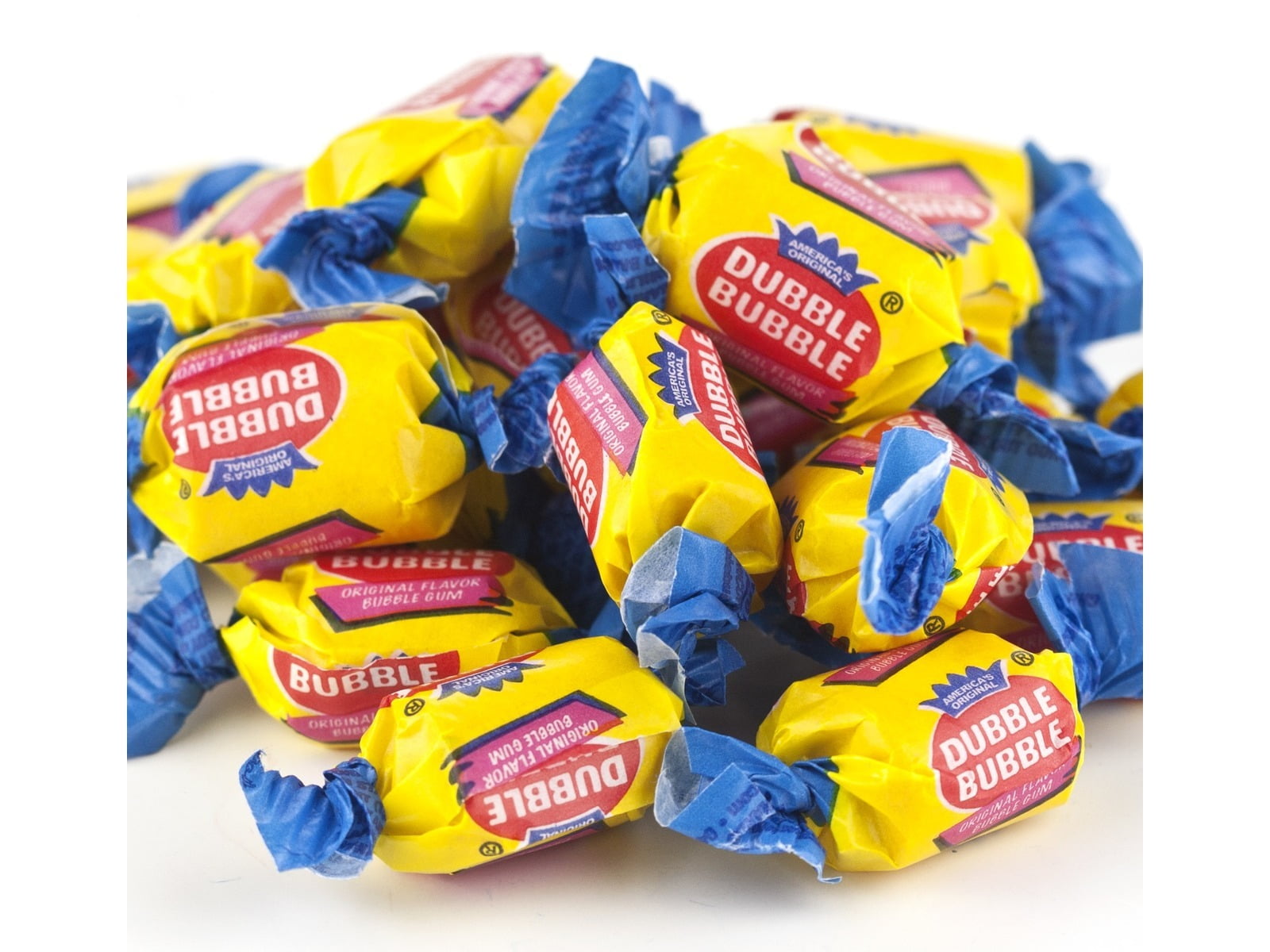

After moving to Chicago in 1891, he began offering store owners incentives to stock his products, such as free cans of baking powder with every order. Wrigley started out as a soap salesman in his native Philadelphia. In the 20th century, chewing gum made William Wrigley Jr. How Wrigley and Fleer Brought Gum to Millions Chicle, imported to the United States from Mexico and Central America, served as the main ingredient in chewing gum until most manufacturers replaced it with synthetic ingredients by the mid-1900s. He formed a company that by the late 1880s, according to Mathews, was making gum sold across the country. Adams eventually realized that rather than trying to create a rubber alternative, he could use chicle to produce a better type of chewing gum. VIDEO: How an Exile Brought Chewing Gum to AmericaĪdams began experimenting with chicle, but when his work failed to yield the desired results, Santa Anna abandoned the project. (Before that, he led Mexican forces at the Battle of the Alamo in 1836 and served multiple terms as Mexico’s president.) Santa Anna wanted assistance developing chicle into a substitute for rubber, and believed the riches he stood to earn would enable him to return to power in his homeland. Exactly how the two men connected remains unclear, although they would’ve been in contact following Santa Anna’s arrival in the United States sometime after the mid-1850s. The next key development came when an inventor in New York, Thomas Adams, got his hands on some chicle through exiled Mexican president Antonio Lopez de Santa Anna.

Curtis and others who’d jumped into the gum business after him subsequently switched to ingredients such as paraffin wax. By the early 1850s, Curtis had constructed the world’s first chewing gum factory, in Portland, Maine.Īs it turned out, spruce resin proved to be less-than-ideal for producing gum: It didn’t taste great and became brittle when chewed. In the late 1840s, John Curtis developed the first commercial spruce tree gum by boiling resin, then cutting it into strips that were coated in cornstarch to prevent them from sticking together. In North America, indigenous people chewed spruce tree resin, a practice that continued with the European settlers who followed. Married women and widows could chew it privately to freshen their breath, while men could chew it in secret to clean their teeth. Only kids and single women were allowed to chew it in public, notes Mathews. The Aztecs also used chicle and even had rules about its social acceptability.

Mathews, author of Chicle: The Chewing Gum of the Americas. In the Americas, the ancient Mayan people chewed a substance called chicle, derived from the sapodilla tree, as a way to quench thirst or fight hunger, according to anthropologist Jennifer P. There’s evidence that some northern Europeans were chewing birch bark tar 9,000 years ago-possibly for enjoyment as well as medicinal purposes, such as relieving toothaches. While colorful packs of chewing gum may seem like something dreamed up by a modern-day, real-life Willy Wonka, chewing gum has been used, in various forms, since ancient times.


 0 kommentar(er)
0 kommentar(er)
